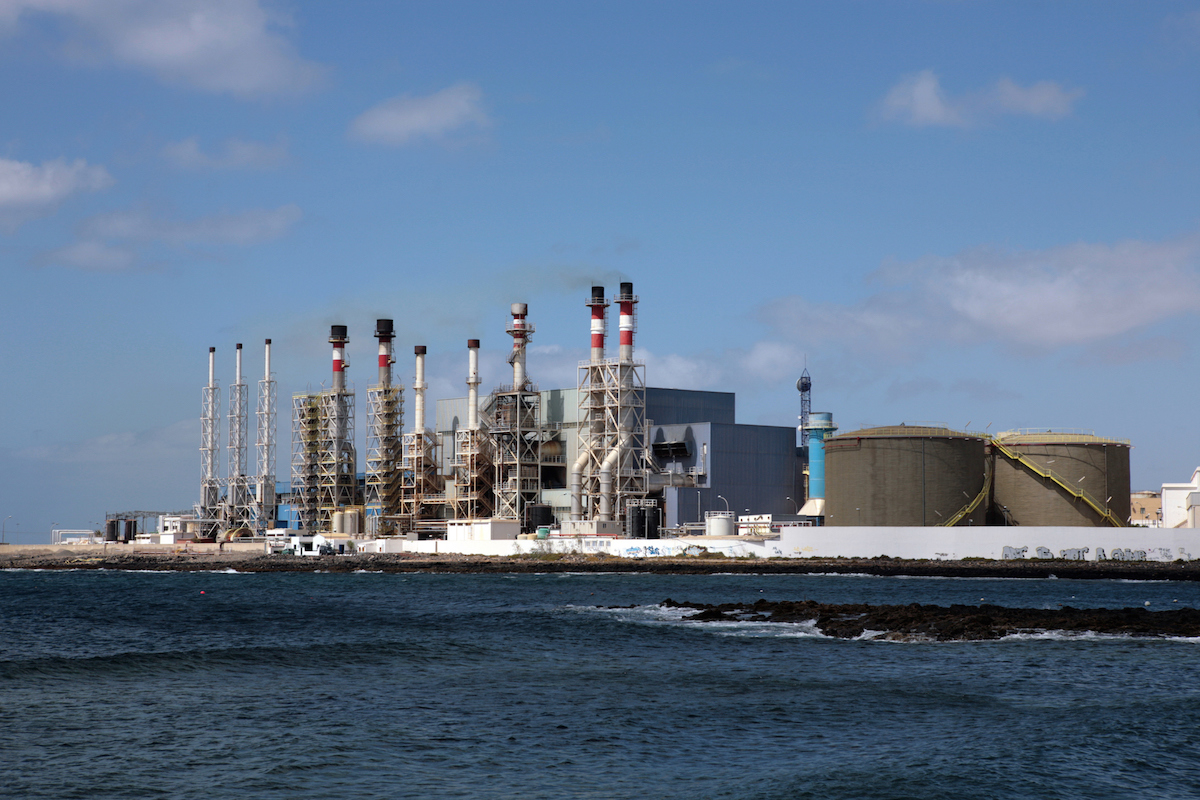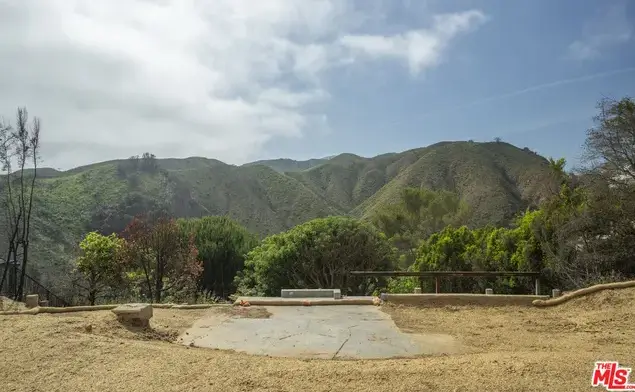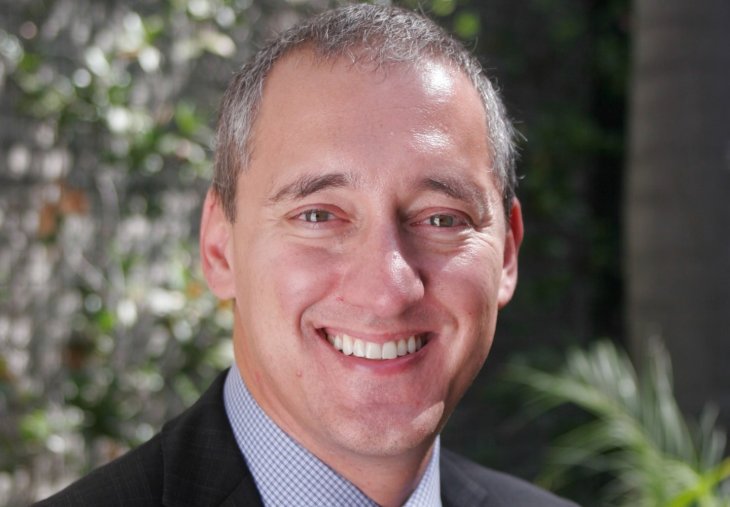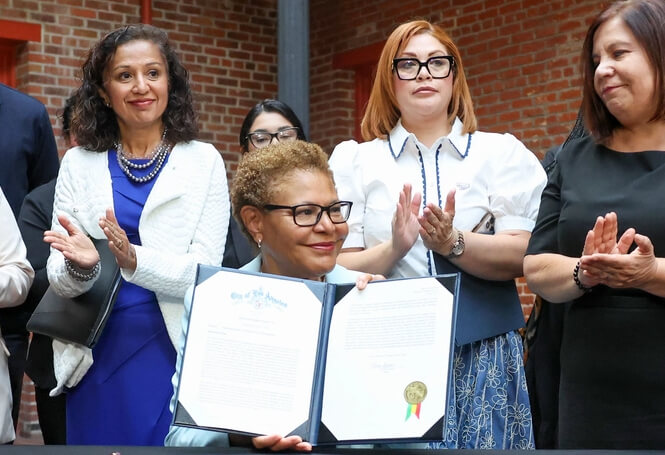By Thomas Elias
Desalination began to lose its urgency among Californians and their public officials two years ago, after the drought-busting winter of 2016-17, when heavy rain and snow ended dry conditions in most of the state.
The idea of drawing potable water from the sea became even less of a priority this year, when an autumn of record-level fires gave way to one of the state’s wettest winters on record.
Reservoirs are brimming. Instead of desperately seeking new sources of water, Californians were moaning about the billions of excess gallons that washed into the Pacific Ocean and the San Francisco Bay. Depleted aquifers began their path to replenishment, too, with snow levels in the water-producing Sierra Nevada Mountains far above normal.
All this helps explain why a new governor seemingly obsessed with infrastructure (he’s spurred initiatives on housing, transport and utility bailouts) has said little or nothing about desalination.
That’s a stark contrast to the early years of this decade, when drought was persistent and severe, with water rationing common around the state and xeriscaping becoming commonplace, desert plants even getting subsidies from local governments.
The difference is nothing new. For the cold, wet California reality is that when reservoirs are filled, there is not only less political pressure to build more, but any urgency about building new ocean-water desalination plants disappears.
Desalination is always tantalizing here because – like Samuel Coleridge’s ancient mariner, who complained of “water, water everywhere and not a drop to drink” – Californians can see billions of acre feet of salt water every day, in the ocean and all its bays, coves and estuaries.
But that water is briny, containing an array of minerals that make it almost as inaccessible today as it was to Coleridge’s parched, fictitious sailor of 189 years ago.
It won’t necessarily stay that way. Whenever the price of other water rises, desalinating Pacific waters becomes enticing. It will become more so if the price of filtering minerals out of salt water drops.
But when water prices and supplies remain at reasonable levels, as they surely will this year and next, desal takes a back seat. That’s how it is right now everywhere except on the Monterey Peninsula, which last month approved a start to construction on a new desal plant. Will more wet years quash that?
All this may not sit so well in San Diego County, where Boston-based Poseidon Water since late 2015 has run America’s largest desalination plant on the coast at Carlsbad. This plant aims to supply almost 10 percent of the San Diego area’s water needs, also giving San Diego a degree of independence from the Metropolitan Water District of Southern California (often called the Met), through which the area gets supplies from the state Water Project and the Colorado River Aqueduct. The desalinated water is ferociously expensive, costing San Diego area residents more than double what they pay for other supplies. But it does improve the San Diego Water Authority’s bargaining position with the Met.
The San Diego district buys at least 48,000 acre-feet of water from Poseidon yearly, but can demand 56,000 in any year it feels the need. That won’t happen in 2019. An acre-foot contains about 330,000 gallons, roughly the amount a typical family uses in a year.
At the depth of the drought, the Met paid some farmers in the Sacramento Valley an average of $694 per acre-foot for parts of their supply, some of which was shipped to San Diego. Even at that inflated price, this water cost less than Poseidon’s product.
These numbers establish that desalinated water is now the most expensive alternative California water districts can pursue. That’s the main reason there are less than 10 active proposals for seawater desalination along the California coast today, down from 21 in 2012.
But if new methods to purify sea water beyond the standard technique of reverse osmosis ever become workable (and several ideas are percolating), all bets would be off.
All of which means that the more it rains, the more the prospects for new desalinated water fall. But like crocuses in the spring, they will surely bloom again the next time a serious drought arises.
Email Thomas Elias at tdelias@aol.com. His book, “The Burzynski Breakthrough: The Most Promising Cancer Treatment and the Government’s Campaign to Squelch It,” is now available in a soft cover fourth edition. For more Elias columns, go to www.californiafocus.net



























You must be logged in to post a comment.